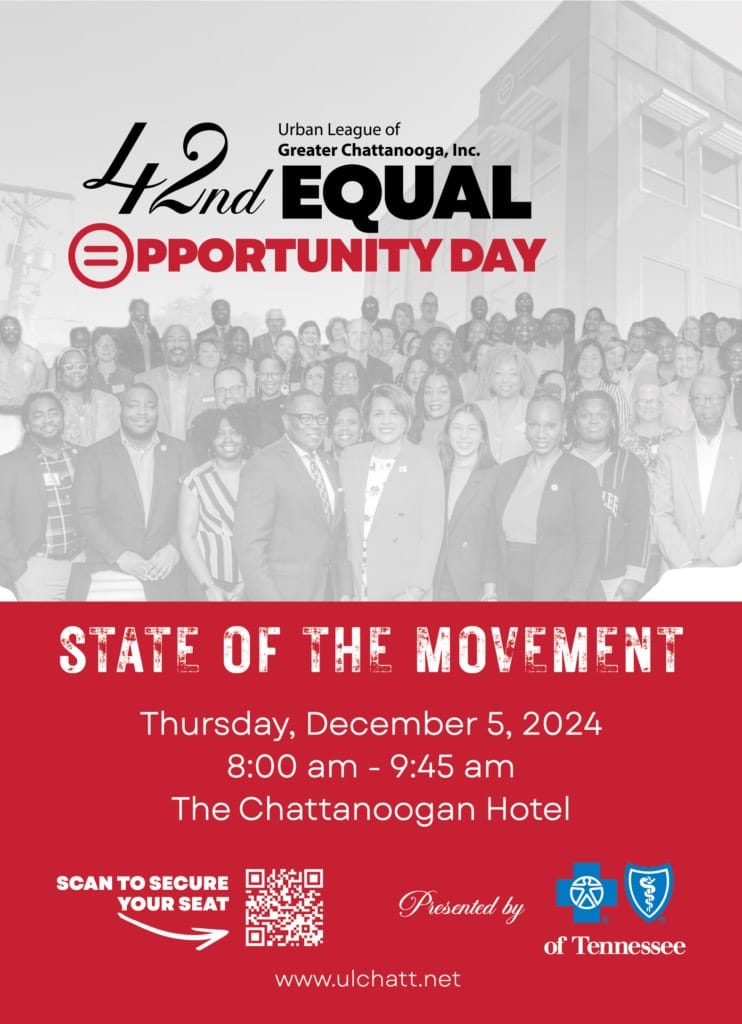BRISTOL, Tenn. (Oct. 28, 2024) – Grocery retailer Food City will partner with the tradition-rich Speedway in Lights presented by TVA at Bristol Motor Speedway in a multi-year agreement, it was announced today by officials from the Bristol Chapter of Speedway Children’s Charities.
The Food City Speedway In Lights presented by TVA will open for its 28th season of spreading holiday cheer across the Appalachian Highlands Region on Friday, Nov. 15, and will run until Sunday, Jan. 4, 2025.
The dazzling holiday light display showcases more than 3 million lights spread across 300 displays in a five-mile route that winds through the property alongside historic Bristol Dragway and is highlighted by a festive lap around the half-mile Bristol Motor Speedway. The popular light show operates from 6-10 p.m. each night, including Thanksgiving, Christmas and New Year’s Day.
The seven-week holiday extravaganza is the major fundraiser for the Bristol Chapter of Speedway Children’s Charities and since its inception in 1997 has helped SCC-Bristol raise more than $20 million for the nearly 100 local children’s-based organizations throughout the 18-county region surrounding BMS in Northeast Tennessee and Southwest Virginia.
Longtime BMS partner Food City has been involved with Speedway In Lights and the BMS Winter Events in past years as a presenting sponsor of various activities, but this is the first time that the popular supermarket chain will headline the main event.
“We have been blessed here to have some amazing partners over the years that have elevated our ‘little light show’ from back in 1997 to the wonderful status that it enjoys today,” said Claudia Byrd, executive director of the Bristol Chapter of Speedway Children’s Charities. “But today we are so proud and thankful to make this announcement that our friends at Food City are going to sign on as our new entitlement partner moving forward and help us take Speedway In Lights to the next level.”
Through Food City’s involvement, a host of new attractions will greet Speedway In Lights visitors this season:
• More than 40 new Santa’s Safari festive LED displays will be unveiled along the route
• The Bristol Turbo Tube Slide presented by State Water Heaters will energize the HSN Christmas Village
• Guests will get to explore Snow-Mazing, a 2,000-square-foot inflatable maze, also in the Christmas Village
Food City has been a prolific partner with BMS for more than three decades and their association is anchored by their 34-year racing entitlements, the Food City 500 NASCAR Cup Series race, April 13, 2025, and the Food City 300 NASCAR Xfinity Series Round of 12 Playoff race, Sept. 12, 2025.
“We’ve always admired the tremendous job that Bristol’s chapter of Speedway Children’s Charities does in our region to assist children in need, it’s quite remarkable,” said Steve Smith, President and CEO of Food City. “Speedway In Lights is such a treasured event in our community that has passed the Christmas spirit along to visitors from all across the United States and from around the world, really. We are thrilled to have the opportunity to partner with Food City Speedway In Lights presented by TVA to help amplify the overall effort, which at the end of the day, is for the children.”
Byrd is energized by the hundreds of dedicated staff and volunteers who make the Food City Speedway In Lights come alive each year. She also continues to be humbled by the primary mission of the event.
“The most wonderful thing about the Food City Speedway In Lights is the opportunities it creates for families and friends to get together and enjoy a night out during each holiday season to create some amazing memories,” Byrd said. “And also watching a child’s face light up as they gaze upon the beautiful lights or visit with Santa Claus.”
In addition to the new displays being introduced this year, the route will continue to offer many of its longtime favorites, including The Twelve Days of Christmas, Ripley’s Sea of Illumination, Mycroft Signs Race to Space, NASCAR Pit Stop, Dinosaur Land, the beautiful Candelabra, Drag Cars, Victorian Village, the Nativity Scene presented by Visit My Smokies and Toy Land.
Several Food City Speedway In Lights partners also have custom light displays, including ETSU, Ballad Health, Hardee’s Restaurants, Barter Theatre, and BTES. Five new sponsors are joining the route this year, including Beech Mountain Resort, which is sponsoring the Snowman Maker display, Brightspeed, State Water Heaters and Wendy’s. The holiday festivities will officially kick off at BMS with the 14th annual Speedway in Lights 5K presented by Fleet Feet on Sunday, Nov. 10 at 6 p.m. All participants who pre-register before October 31st will receive an event t-shirt and there will be free snacks and drinks for all participants who cross the Home Trust Bank Finish Line. To register, please visit the SCC-Bristol website.













